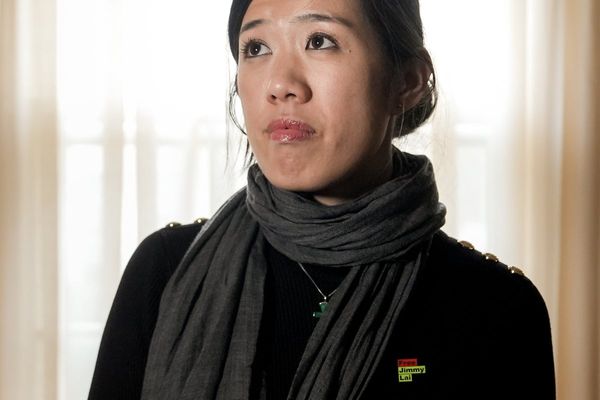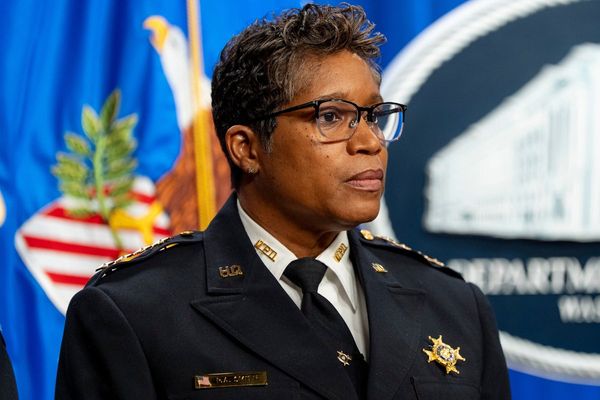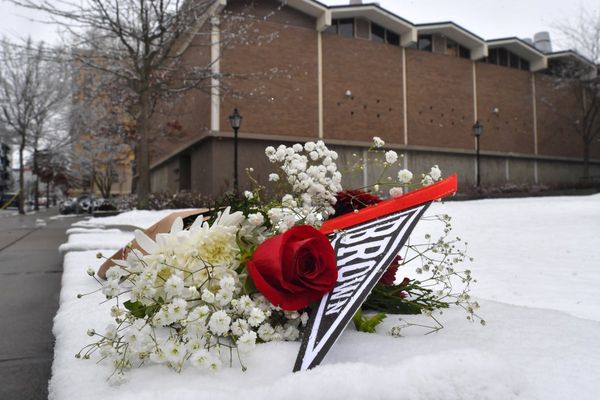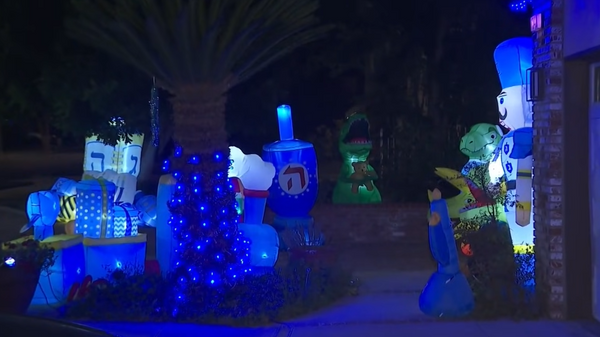The Grand Finale is a farewell that’s intertwined with real, palpable grief. Last year, we lost Downton Abbey’s glorious pièce de résistance, Dame Maggie Smith, whose snake-bite wit as the Dowager Countess Violet Crawley was always the series’s purest pleasure. The Dowager Countess’s passing was the climactic event of the previous film – here, her portrait hangs reverently in the hall, watching over all with that sparkling gaze of hers.
Death has brought change to Downton Abbey. There’s money to be moved and managed, especially with the loss of Cora’s (Elizabeth McGovern) mother in America. It heralds the return of her brother Harold (Paul Giamatti) with some less than favourable news, alongside a new compatriot, the charismatic Gus Sambrook (Alessandro Nivola).
Gus is really here, it seems, for Mary (Michelle Dockery), who’s been afflicted by the other major absence in this film: Matthew Goode as her second husband Henry Talbot, who delivered (and all power to him) roughly four lines of dialogue in the previous films, and has now been officially written out via divorce.
Yet creator Julian Fellowes’s script uses that bit of behind-the-scenes reshuffling to finally add to these films what has been desperately needed all along: genuine drama, as Mary is frantically shooed out of the home of Lady Petersfield (Joely Richardson), because the royal family is on their way and to share a room with a divorcée is still an unquestionable taboo in 1930.
There’s no escaping the fact that this film, once again, feels like two episodes of the TV series have been smashed together. For one of the hours, we deal with Sambrook and Mary’s flirtations, with a trip to Ascot where everyone gets to show off their race day garb in slow motion (Anna Robbins’s costume designs are as beautiful as expected, especially now Mary can swan around in the era’s bias-cut gowns). Giamatti and Nivola are a kick of adrenaline, capturing the fond bemusement of Americans gallivanting through the Old World. Then Nivola departs, and you can almost feel the credits roll, before the film shifts focus to the throwing of a party for Noël Coward (Arty Froushan).
Within all that, though, Fellowes finds some surprising moments of self-reflection for the franchise. We’re post-Wall Street crash but before the Second World War, and the entire film rides on the tension of a held breath. The house’s staff – Mr Carson (Jim Carter), Daisy (Sophie McShera), Phyllis (Raquel Cassidy), et al – are still jubilant upholders of the upstairs/downstairs divide, yet the word “socialism” is being whispered like it’s a new coiffure trend, and the fact that the decline of aristocracy can’t be kept locked out of Downton’s gates forever seems to be slowly dawning on Robert (Hugh Bonneville).
“The system doesn’t work if people hold on too long,” Tom (Allen Leech) warns him. It’s a nice bit of advice. And, considering this is now the third film to be presented as the show’s definitive conclusion, I sincerely hope Downton Abbey heeds it. This is about as graceful and fitting an endnote as you could hope for.
Dir: Simon Curtis. Starring: Hugh Bonneville, Jim Carter, Michelle Dockery, Paul Giamatti, Elizabeth McGovern, Penelope Wilton. Cert PG, 124 minutes.
‘Downton Abbey: The Grand Finale’ is in cinemas from 12 September







